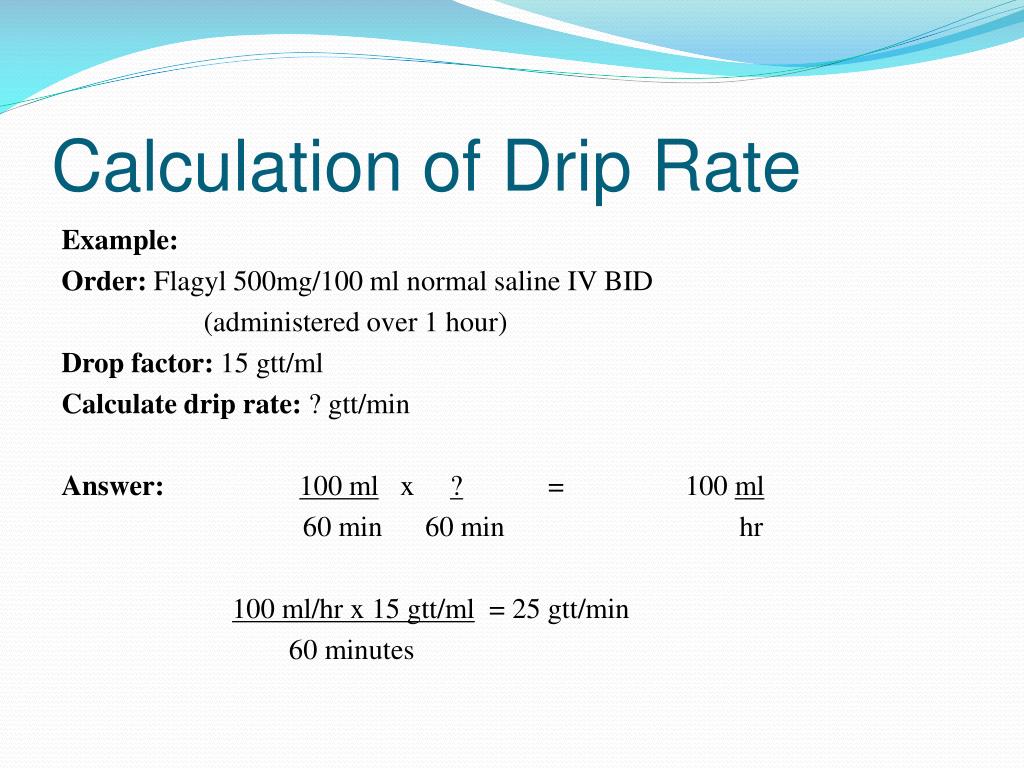
Ĭontinuous intravenous inotropic dobutamine support can reasonably be given in the short term for hospitalized patients with severe systolic dysfunction who present with low blood pressure and a significantly decreased cardiac output to preserve systemic blood flow and protect from end-organ damage.Ĭontinuous intravenous inotropic dobutamine support can reasonably be given for the long-term in palliative patients with late-stage heart failure, stage D, who are not candidates for mechanical circulatory support or cardiac transplantation for symptomatic control, regardless of guideline-directed medical therapy. Patients can reasonably receive dobutamine in continuous intravenous form for inotropic support to bridge patients with late-stage heart failure, stage D, that is refractory to guideline-directed medical therapy until patients who are candidates for and awaiting cardiac transplantation or mechanical circulatory support receive the appropriate long-term treatment.

Short-term intravenous inotropic support should be given to patients in cardiogenic shock to preserve systemic blood flow and protect from end-organ damage. The agent has not demonstrated positive outcomes in the hospital or outpatient setting for heart failure patients despite hemodynamically improving the patient’s condition.ĭobutamine can be used as temporary intravenous inotropic support until resolution of the acute inducing factors or the patient receives more definitive treatment, such as coronary revascularization, mechanical circulatory support, or heart transplant. They published an article "Dobutamine: development of a new catecholamine to selectively increase cardiac contractility" ĭobutamine is approved by the Food and Drug Administration (FDA) for short-term use in patients with decreased contractility due to heart failure or cardiac surgical procedures leading to cardiac decompensation. In 1975, pharmacologist Tuttle and chemist Mills, discover the compound dobutamine by modifying the structure of isoproterenol/isoprenaline.

Review the mechanism of action of dobutamine that leads to its therapeutic effects.Outline the adverse event profile for dobutamine.Identify the various indications for dobutamine.This activity will highlight the mechanism of action, adverse event profile, pharmacology, monitoring, and relevant interactions of dobutamine, pertinent for members of the interprofessional team in treating patients with cardiac disorders that will respond to such therapy. Dobutamine can be used as temporary intravenous inotropic support until resolution of the acute inducing factors or the patient receives more definitive treatment, such as coronary revascularization, mechanical circulatory support, or heart transplant. The agent has not been shown to give positive outcomes in the hospitalized or outpatient setting for heart failure patients despite hemodynamically improving the patient's condition. The FDA approveD dobutamine for short-term use in patients with decreased contractility due to heart failure or cardiac surgical procedures leading to cardiac decompensation.


 0 kommentar(er)
0 kommentar(er)
